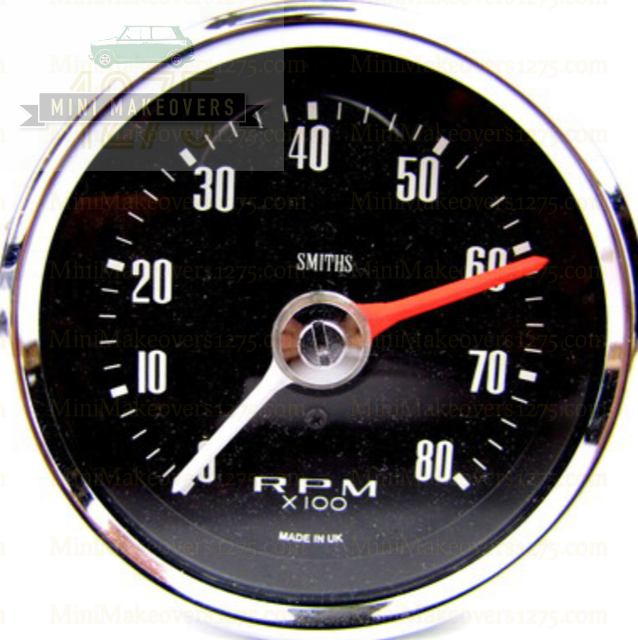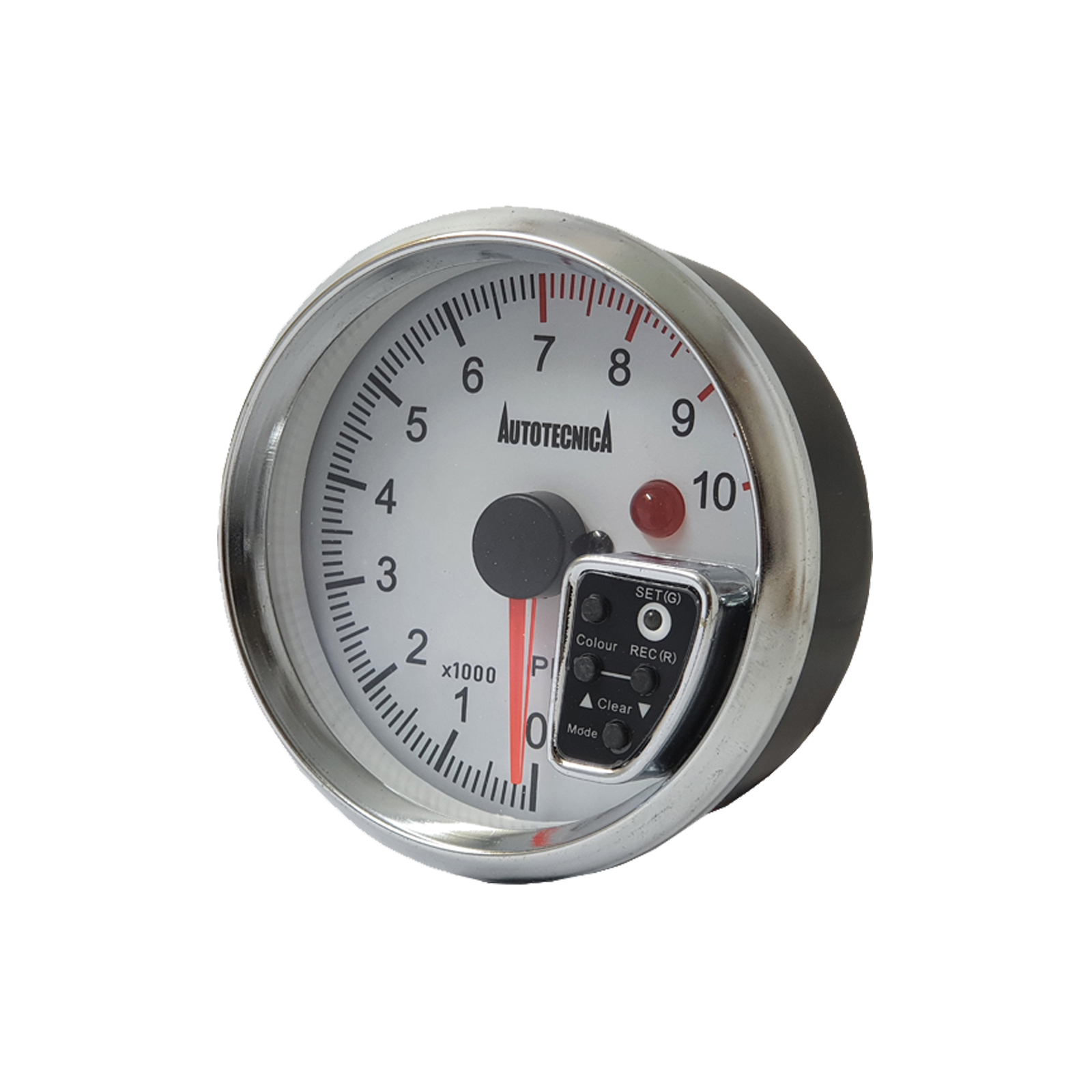The Importance of a Tachometer in Monitoring Engine Rate and Performance in Automotive Applications
In the world of automobile design, the tachometer stands as an essential instrument in the motorist's arsenal, giving a direct home window right into the inner operations of a car's engine. Beyond its function as a simple gauge of changes per minute (RPM), the tachometer acts as a vital tool for fanatics and specialists alike, providing real-time understandings into engine efficiency and health. Understanding the significance of this tool exceeds surface-level observations, diving right into the elaborate connection in between engine speed, power outcome, and overall driving experience. As we discover the multifaceted role of the tachometer in vehicle applications, a deeper gratitude for its impact on vehicle dynamics and efficiency starts to arise.
Relevance of Monitoring Engine RPM
Keeping track of engine RPM, or changes per minute, is a crucial facet of vehicle maintenance and efficiency assessment. Engine RPM straight correlates with the rate at which the engine's crankshaft turns, indicating just how rapidly the engine is running.
In addition, keeping track of engine RPM is necessary for efficiency assessment in auto racing and high-performance automobiles. In recap, keeping track of engine RPM is not only important for detecting problems however additionally for optimizing engine performance in different vehicle applications.

Advantages of Real-Time Information
In auto applications, real-time information plays an essential role in offering immediate insights into the performance and condition of the car. By constantly keeping an eye on different specifications such as engine speed, temperature, fuel consumption, and much more, real-time data offers numerous benefits that add to boosted performance and safety and security when traveling.
One considerable benefit of real-time information is its capacity to alert chauffeurs and specialists to any type of anomalies or concerns immediately. This positive method enables quick recognition of prospective issues, allowing for prompt treatments to avoid further damages or failures. Furthermore, real-time data facilitates efficiency optimization by supplying instant responses on driving routines and engine effectiveness. Drivers can readjust their habits in real-time based on this details to accomplish better gas economy and lengthen the life expectancy of their vehicle.

Moreover, real-time data plays an essential function in modern-day automotive diagnostics, making it possible for specialists to promptly diagnose and attend to breakdowns. This results in minimized downtime, reduced maintenance expenses, and inevitably, improved general lorry reliability and durability (tachometer). By harnessing the power of real-time data, automotive stakeholders can make informed decisions that favorably affect both the efficiency and longevity of the automobile
Influence On Gear Shifts
The tachometer plays an important function in enhancing gear shifts by providing real-time engine speed information to the vehicle driver. When coming close to the redline on the tachometer, it signifies the motorist to upshift to stop over-revving the engine and discover this info here triggering prospective damage.
Moreover, the tachometer help in attaining smoother equipment shifts, especially in manual transmissions. By monitoring engine speed, chauffeurs can execute equipment changes at the ideal RPM range, reducing snagging movements and minimizing endure the transmission elements. This precision on duty adjustments not only enhances driving convenience however additionally adds to sustain effectiveness.
Enhancing Fuel Performance
Provided the vital role the tachometer plays in maximizing gear changes for performance and engine health, it straight adds to optimizing fuel performance in automobile applications. By providing real-time responses on engine speed, the tachometer aids chauffeurs in maintaining the most efficient RPM variety for gas economic climate. When drivers constantly keep track of the tachometer and readjust their driving routines accordingly, they can stay clear of unnecessary gas intake brought on by over-revving or hauling the engine.
Furthermore, the tachometer aids chauffeurs recognize the most fuel-efficient equipment to be in at any kind of given minute, preventing the engine from working tougher than necessary. This is especially crucial during velocity and travelling, where being in the best equipment can significantly affect gas performance. Additionally, the tachometer can signal drivers to prospective mechanical concerns that could be negatively impacting gas economic situation, such as a slipping clutch or a blocked air filter. To conclude, the tachometer functions as a beneficial tool in enhancing fuel effectiveness by advertising optimum driving habits and identifying areas for enhancement in the automobile's efficiency.

Taking Full Advantage Of Engine Durability
The tachometer's function in keeping an eye on engine speed and performance contributes in making certain the long life of vehicle engines. see post By using the tachometer efficiently, drivers can optimize engine long life with mindful RPM management. Consistently revving an engine expensive can cause too much deterioration on vital components, such as the pistons, shutoffs, and bearings. In time, this can result in reduced engine performance and possible malfunctions. Keeping an eye on the tachometer allows vehicle drivers to remain within the recommended RPM variety for their car, discover this info here protecting against unnecessary pressure on the engine and prolonging its lifespan.

Verdict
Finally, the tachometer plays an essential duty in keeping track of engine rate and performance in automotive applications. By giving real-time data on RPM, it enables efficient equipment shifts, boosted fuel performance, and optimized engine longevity. This device is vital for keeping ideal engine efficiency and guaranteeing the total functionality of a lorry.
Comments on “The Benefits of Setting Up a Tachometer in Your Car”